PHOTOGRAPHY BY Cynthia Madrigal
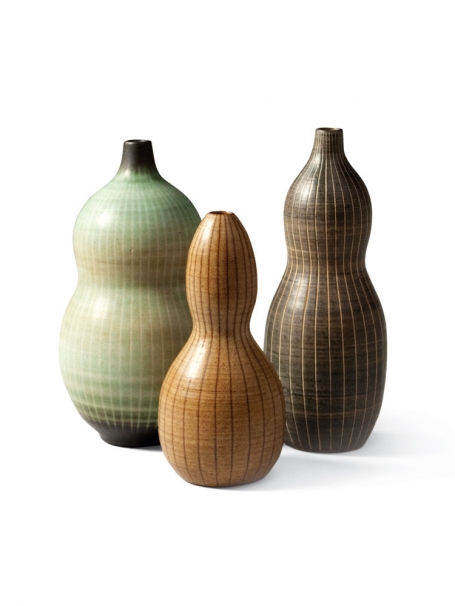
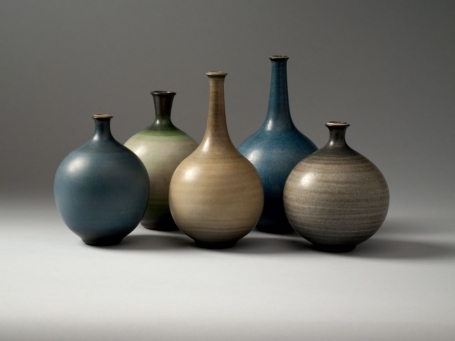
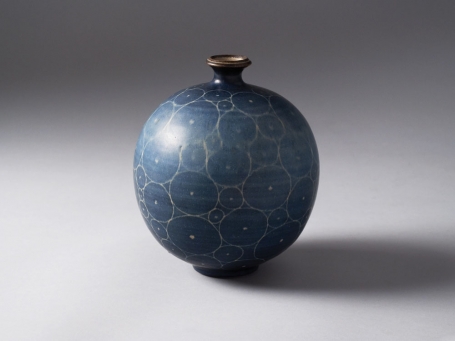
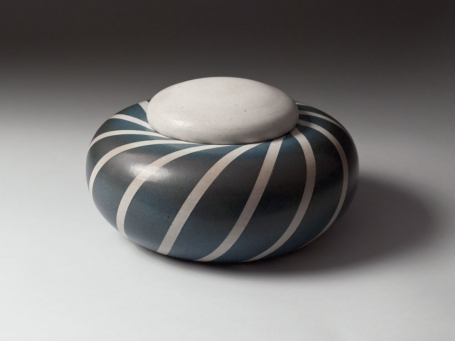
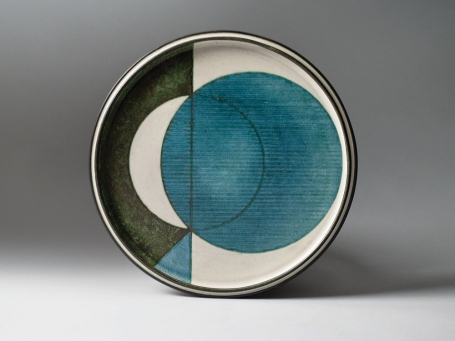
American Museum of Ceramic Art
Harrison McIntosh:A Timeless Legacy
Pomona, California
September 12, 2009 -
January 9, 2010
ceramicmuseum.org
The life and work of Harrison McIntosh, a quiet legend in the rich, often flamboyant history of California craft, is being celebrated in this retrospective covering 60 years of his pottery and sculpture and coinciding with his 95th birthday. Born in Vallejo, California, McIntosh showed a talent for art at a young age and was encouraged by his parents. He was introduced to clay by Glen Lukens at the University of Southern California in 1940. Later, after he had served in World War II, he studied with Richard Petterson at the Claremont Graduate School, attended a Bernard Leach seminar at Mills College and enrolled in a workshop with the Bauhaus potter Marguerite Wildenhain. There was exposure to the Japanese Mingei tradition as represented by Shoji Hamada, whose throwing demonstrations on his famous 1952-53 U.S. tour McIntosh observed. He was also interested in architecture (in the 30s he had helped persuade his parents to have their house designed by the avant-garde architect Richard Neutra) and in the developments in West Coast interior and exterior design in the postwar years.
McIntosh set up his first studio in Claremont in 1954 with fellow potter Rupert Deese and proceeded to produce pottery that blended the diverse design and craft influences in his background into a style distinctly his own, characterized by balanced proportions and subtle but graphic decorative elements. He made his technical choices early: a single stoneware body, cone 5 glazes and oxidation firing.
The show at AMOCA highlights the variety of McIntosh’s vessels: groupings of elegant bottles in subdued colors, such as Double Gourd Bottles; a lidded jar resembling an ottoman in turquoise and white; platters with designs that are geometric but not rigidly symmetrical; a black-and-white compote dish swelling out gracefully from its cylindrical foot. Impeccably crafted, these works seem perfect yet retain enough surface variations to remind the viewer these are handmade objects. In the late 60s, McIntosh ventured into sculpture, creating closed round or egg-shaped or podlike forms, which he would mount on wood blocks or metal bases. As these evolved, the artist would attach his rounded forms to a mirrored metal surface that reflected the object above, offering the illusion of its floating in space.
Unlike Peter Voulkos, another California ceramist exposed to similar influences but whose gestural style seems the very opposite of his own, McIntosh seldom taught. He was attracted to industrial design, however, and from 1970 to 1980 he was a consultant for the Mikasa Corporation of Japan, collaborating with his wife, Marguerite, on dinnerware and crystal designs for the company.
The artist’s disciplined adherence to a cohesive, simplified aesthetic was not unappreciated. Hazel Bray, former curator of art at the Oakland Museum, once remarked: “Over the years his work has accumulated a virtuosity that has become as rich as a Bach fugue in its variations upon a theme. Resisting superficial flirtations with novelty or partially realized expressions is a mark of his strength of personal conviction and maturity.” Bray was not the only appreciator resorting to music to characterize McIntosh’s oeuvre. In an article in American Craft in 1985, the ceramist and writer Mac McCloud observed: “The aerodynamic shapes of McIntosh’s pots resemble the compositions of Erik Satie—sophisticated, complete, airy and instantly rhapsodic.”
The hardcover catalog is $39.95.


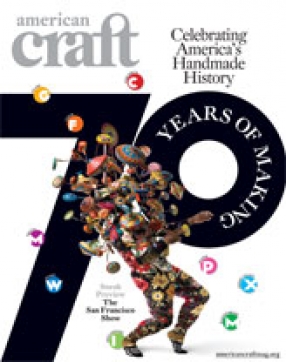



Post Your Comment
Fields in bold are required. Your email address is required but not published. Please enter the five digit code as it appears in the text field on its right.